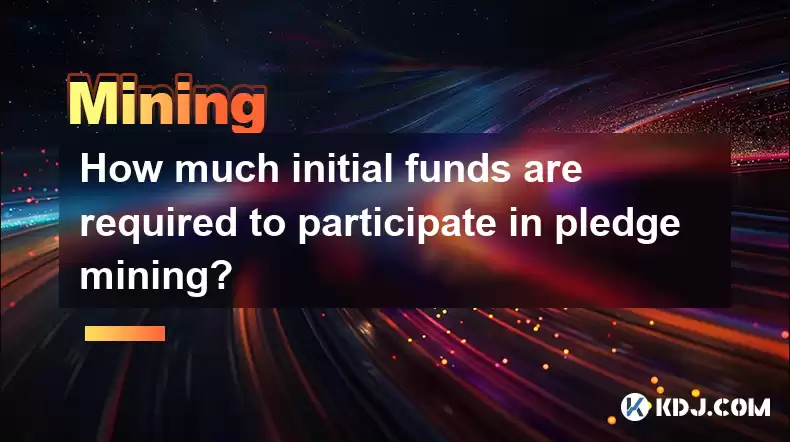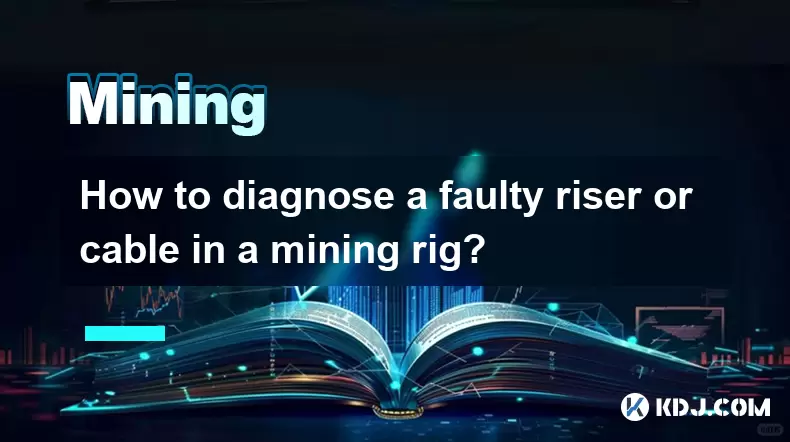-
 Bitcoin
Bitcoin $115100
1.27% -
 Ethereum
Ethereum $3675
2.71% -
 XRP
XRP $2.995
1.45% -
 Tether USDt
Tether USDt $1.000
0.02% -
 BNB
BNB $769.8
2.64% -
 Solana
Solana $168.0
3.25% -
 USDC
USDC $0.9999
-0.01% -
 TRON
TRON $0.3371
1.48% -
 Dogecoin
Dogecoin $0.2051
3.36% -
 Cardano
Cardano $0.7394
2.30% -
 Hyperliquid
Hyperliquid $38.15
0.42% -
 Stellar
Stellar $0.3966
-0.36% -
 Sui
Sui $3.486
2.93% -
 Chainlink
Chainlink $16.72
2.52% -
 Bitcoin Cash
Bitcoin Cash $568.0
4.36% -
 Hedera
Hedera $0.2440
2.59% -
 Ethena USDe
Ethena USDe $1.001
0.04% -
 Avalanche
Avalanche $22.16
2.06% -
 Litecoin
Litecoin $119.1
-0.73% -
 UNUS SED LEO
UNUS SED LEO $8.991
0.04% -
 Toncoin
Toncoin $3.232
-0.39% -
 Shiba Inu
Shiba Inu $0.00001233
2.82% -
 Uniswap
Uniswap $9.717
2.53% -
 Polkadot
Polkadot $3.664
1.85% -
 Dai
Dai $1.000
0.01% -
 Monero
Monero $281.2
-3.89% -
 Bitget Token
Bitget Token $4.350
1.55% -
 Cronos
Cronos $0.1428
5.07% -
 Pepe
Pepe $0.00001050
3.68% -
 Aave
Aave $262.3
3.54%
How much initial funds are required to participate in pledge mining?
Staking cryptocurrency requires varying initial investments, depending on the chosen coin and staking method; some allow minimal contributions while others demand substantial capital, influenced by network security and inflation.
Mar 23, 2025 at 02:50 am

Key Points:
- The initial funds required for staking depend heavily on the chosen cryptocurrency and the staking pool or validator node's requirements.
- There's no universal minimum; some projects allow staking with small amounts, while others necessitate substantial investments.
- Factors like network security, inflation rates, and the chosen staking method significantly influence the profitability and required capital.
- Transaction fees and potential losses should be factored into your initial investment calculations.
How Much Initial Funds Are Required to Participate in Stake Mining?
The question of initial funds for stake mining is multifaceted, lacking a simple answer. Unlike Proof-of-Work (PoW) mining which necessitates expensive specialized hardware, stake mining's entry barrier varies considerably across different cryptocurrencies. The required investment depends on several crucial factors.
Firstly, the specific cryptocurrency plays a dominant role. Some cryptocurrencies, designed for broader accessibility, have low barriers to entry. Their protocols might allow staking with relatively small amounts, potentially even less than $100 worth of tokens. Others, however, demand a significant investment to participate. This is often linked to the security and decentralization of the network. Larger stakes contribute to a more robust and secure network.
Secondly, the chosen staking method influences the initial investment. Staking can be done individually by running a validator node, or through a staking pool. Running a validator node typically requires a higher initial investment, as you need to meet the minimum token requirement and maintain sufficient computing power and bandwidth. Staking pools, conversely, allow individuals to pool their tokens with others, lowering the individual investment threshold significantly. You only need to contribute enough tokens to meet the pool's minimum requirement.
Thirdly, network parameters significantly affect the necessary funds. The minimum amount of cryptocurrency needed to become a validator or participate in a staking pool is defined by the network's protocol. This minimum is often adjusted to maintain network security and manage inflation. Higher minimums can deter smaller players but contribute to a more secure and stable network. Lower minimums increase accessibility but may lead to network vulnerabilities.
Fourthly, consider transaction fees. Transferring your cryptocurrency to a staking pool or setting up a validator node incurs transaction fees. These fees vary depending on the network's congestion and the chosen method. It's crucial to factor these fees into your initial investment calculations.
Finally, remember the potential for losses. The cryptocurrency market is inherently volatile. While staking offers rewards, the value of your staked cryptocurrency can fluctuate, leading to potential losses. Your initial investment should reflect your risk tolerance and understanding of the market's volatility.
Let's break down the process further:
- Choosing a Cryptocurrency: Research different cryptocurrencies that offer staking rewards. Consider factors like their market capitalization, reputation, and the expected return on investment (ROI).
- Selecting a Staking Method: Decide whether to run your own validator node or participate in a staking pool. Running a node requires technical expertise and a higher initial investment, while pools offer greater accessibility and require less technical skill.
- Meeting Minimum Requirements: Check the specific requirements of the chosen cryptocurrency or staking pool. This will detail the minimum amount of cryptocurrency needed to begin staking.
- Transferring Funds: Once you've acquired the necessary cryptocurrency, transfer it to the designated staking address. Remember to factor in transaction fees.
- Monitoring Your Stake: Regularly monitor your staking rewards and the overall performance of your investment. Keep an eye on the cryptocurrency's market price and any changes in network parameters.
Common Questions:
Q: What are the risks associated with stake mining?
A: Risks include the volatility of the cryptocurrency market, potential slashing penalties (loss of staked tokens due to validator misbehavior), and the risk of choosing an unreliable staking pool or validator.
Q: How do I choose a reliable staking pool?
A: Research the pool's track record, uptime, fees, and security measures. Look for pools with a large number of validators and positive user reviews.
Q: Can I stake with small amounts of cryptocurrency?
A: It depends on the cryptocurrency and the chosen staking method. Some projects allow staking with small amounts, while others require substantial investments. Staking pools generally lower the barrier to entry for smaller investors.
Q: What is the typical return on investment (ROI) for stake mining?
A: ROI varies significantly depending on the cryptocurrency, the network's inflation rate, and the chosen staking method. It’s crucial to research specific projects to estimate potential ROI. There's no guaranteed ROI, and losses are possible.
Q: Is stake mining more profitable than traditional mining?
A: This depends on various factors, including the specific cryptocurrency, hardware costs (for traditional mining), and the energy consumption of both methods. Generally, stake mining has lower initial investment requirements but offers lower potential rewards compared to highly successful traditional mining operations.
Disclaimer:info@kdj.com
The information provided is not trading advice. kdj.com does not assume any responsibility for any investments made based on the information provided in this article. Cryptocurrencies are highly volatile and it is highly recommended that you invest with caution after thorough research!
If you believe that the content used on this website infringes your copyright, please contact us immediately (info@kdj.com) and we will delete it promptly.
- Cryptos with ROI Potential: BlockDAG Leading the Charge
- 2025-08-07 04:50:14
- OZAK AI: Is This AI Product Poised for ChatGPT-Level Returns?
- 2025-08-07 03:30:13
- Cryptos to Watch: Cold Wallet's Rewarding Edge Over Tron
- 2025-08-07 04:12:40
- SEC, Liquid Staking, and Crypto: A New Dawn?
- 2025-08-07 03:30:13
- Cold Wallet, Crypto Picks, 2025: Hype or the Real Deal?
- 2025-08-07 04:19:02
- Ethena Gains, VeChain, and CWT Token: What's the Buzz?
- 2025-08-07 04:20:13
Related knowledge

What are the differences between mining on Windows vs. Linux?
Aug 06,2025 at 11:29pm
Overview of Cryptocurrency Mining PlatformsCryptocurrency mining involves using computational power to solve complex cryptographic puzzles and validat...

Can you mine cryptocurrency using solar power?
Aug 07,2025 at 12:00am
Understanding the Basics of Cryptocurrency MiningCryptocurrency mining involves validating transactions on a blockchain network by solving complex cry...

How to build a mining rig inside a PC case?
Aug 06,2025 at 11:01pm
Understanding the Basics of a Mining Rig in a PC CaseBuilding a mining rig inside a PC case involves transforming a standard computer chassis into a d...

How to diagnose a faulty riser or cable in a mining rig?
Aug 07,2025 at 01:49am
Understanding the Role of Riser Cables in Mining RigsIn a cryptocurrency mining rig, riser cables serve as the bridge between the motherboard and the ...

How to set up a mining farm with multiple rigs?
Aug 07,2025 at 12:38am
Understanding the Basics of a Multi-Rig Mining FarmSetting up a mining farm with multiple rigs begins with understanding the core components involved ...

How to use a server PSU for a crypto mining rig?
Aug 06,2025 at 08:39pm
Understanding Server PSUs and Their Relevance to Crypto MiningCrypto mining rigs demand stable, high-wattage power supplies to run multiple GPUs effic...

What are the differences between mining on Windows vs. Linux?
Aug 06,2025 at 11:29pm
Overview of Cryptocurrency Mining PlatformsCryptocurrency mining involves using computational power to solve complex cryptographic puzzles and validat...

Can you mine cryptocurrency using solar power?
Aug 07,2025 at 12:00am
Understanding the Basics of Cryptocurrency MiningCryptocurrency mining involves validating transactions on a blockchain network by solving complex cry...

How to build a mining rig inside a PC case?
Aug 06,2025 at 11:01pm
Understanding the Basics of a Mining Rig in a PC CaseBuilding a mining rig inside a PC case involves transforming a standard computer chassis into a d...

How to diagnose a faulty riser or cable in a mining rig?
Aug 07,2025 at 01:49am
Understanding the Role of Riser Cables in Mining RigsIn a cryptocurrency mining rig, riser cables serve as the bridge between the motherboard and the ...

How to set up a mining farm with multiple rigs?
Aug 07,2025 at 12:38am
Understanding the Basics of a Multi-Rig Mining FarmSetting up a mining farm with multiple rigs begins with understanding the core components involved ...

How to use a server PSU for a crypto mining rig?
Aug 06,2025 at 08:39pm
Understanding Server PSUs and Their Relevance to Crypto MiningCrypto mining rigs demand stable, high-wattage power supplies to run multiple GPUs effic...
See all articles

























































































